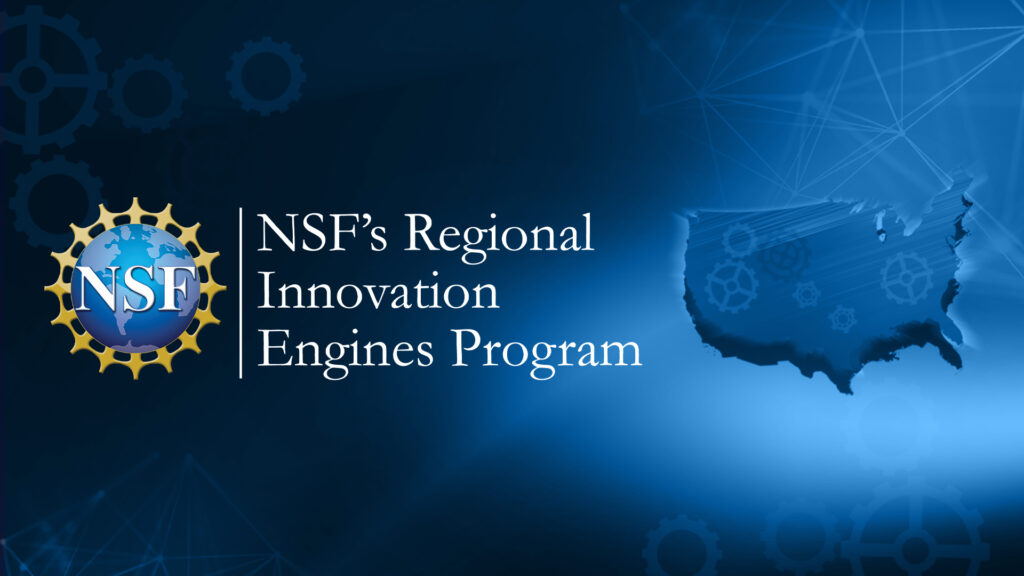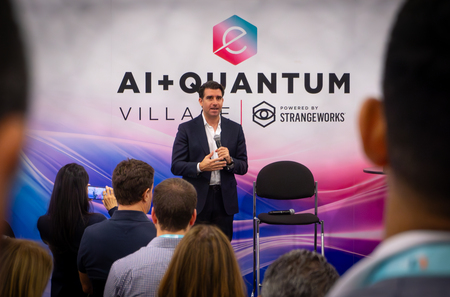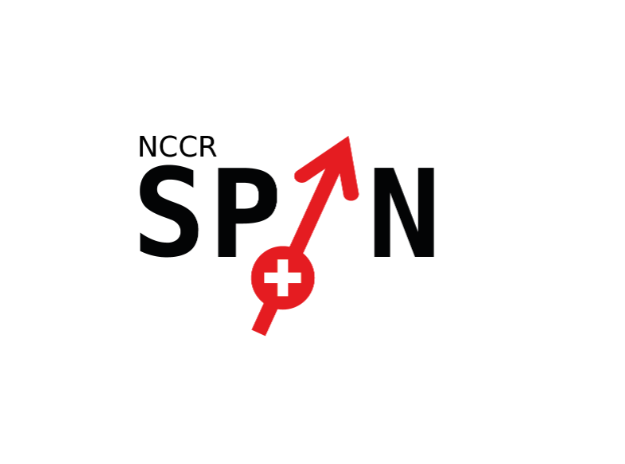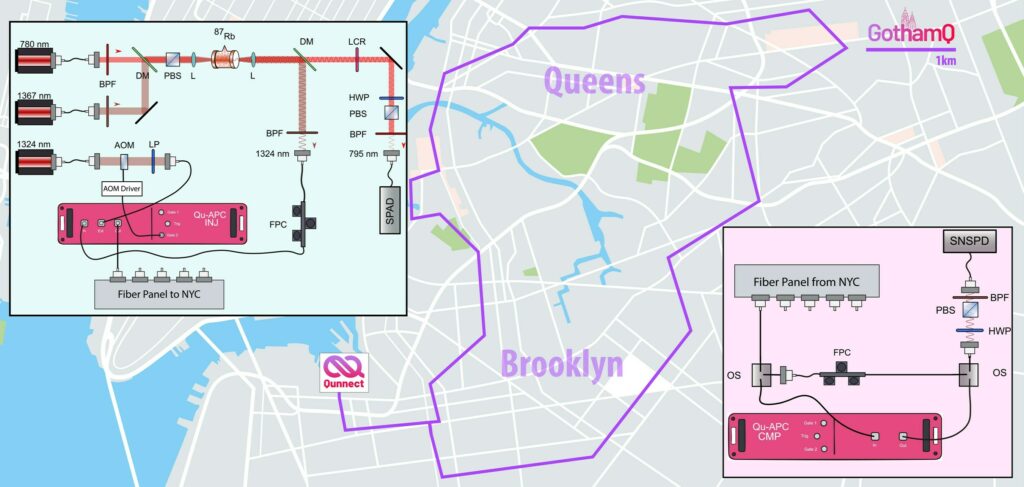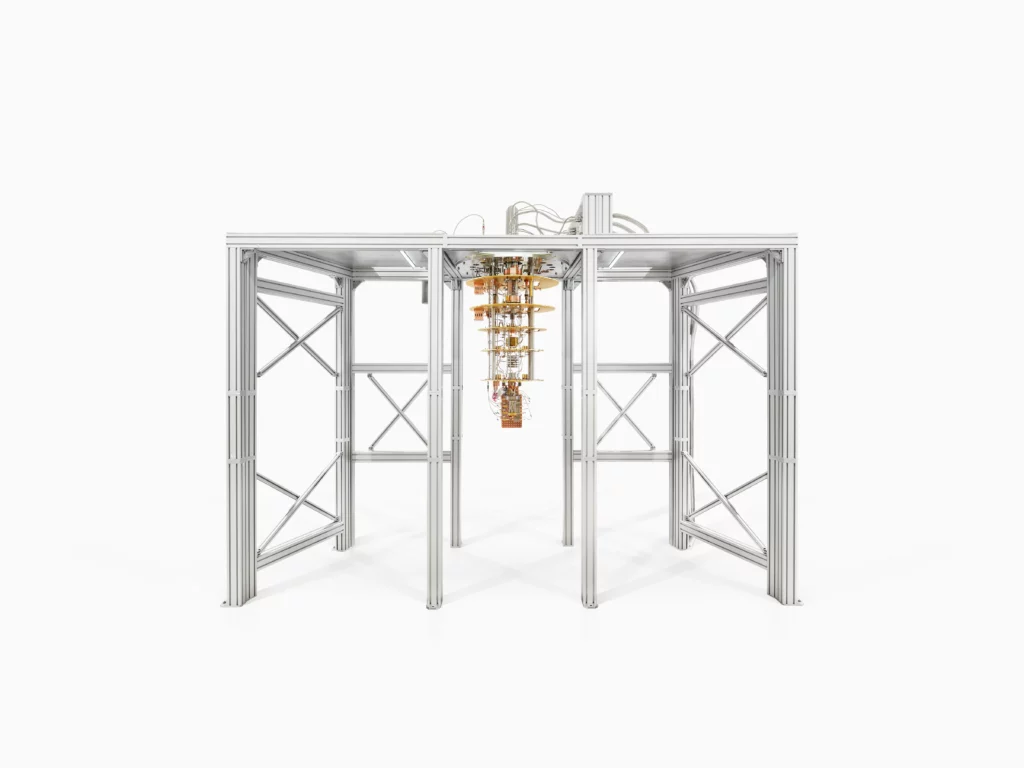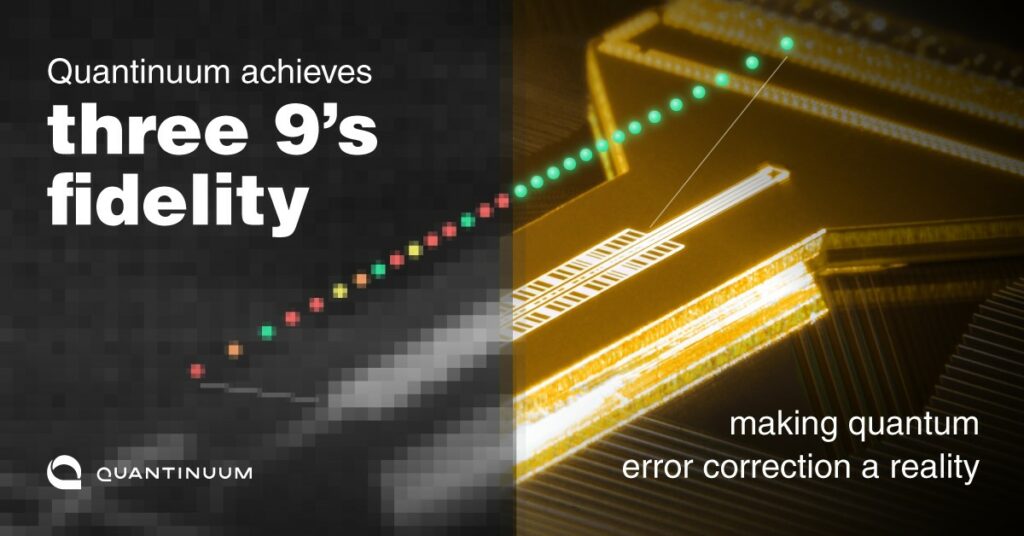
Useful Applications
Research conducted by scientists at North Carolina State University on commonly studied perovskite that can superfluoresce at high temperatures and is practical to achieve with timescales long enough to make it potentially useful in quantum computing applications has been released this month.
The paper, High-Temperature Superfluorescence in Methyl Ammonium Lead Iodide, was published in Nature Photonics and is supported by the National Science Foundation.
The research also indicates that superfluorescence may be a common characteristic for this entire class of materials. Superfluorescence is an example of quantum phase transition: this is when individual atoms within a material all pass along the same phases at the same time, ending up as a synchronized unit in the process.
A clear example of this happens when atoms in an optical material such as a perovskite get excited they are able to individually radiate light, create energy, and fluoresce. With this, every atom will then begin moving through these phases randomly. However, under certain conditions, they can synchronize in a macroscopic quantum phase transition. That synchronized unit can then interact with external electric fields more strongly than any single atom could, creating a super fluorescent burst.
“Instances of spontaneous synchronization are universal, occurring in everything from planetary orbits to fireflies synchronizing their signals,” said Kenan Gundogdu, professor of physics at NC State and corresponding author of the research. “But in the case of solid materials, these phase transitions were thought to only happen at extremely low temperatures. This is because the atoms move out of phase too quickly for synchronization to occur unless the timing is slowed by cooling.”
Gundogdu and his team observed superfluorescence in the perovskite methylammonium lead iodide, or MAPbI3, while exploring its lasing properties. Perovskites are materials with a crystal structure and light-emitting properties useful in creating lasers, among other applications. They are inexpensive, relatively simple to fabricate, and are used in photovoltaics, light sources and scanners.
“When trying to figure out the dynamics behind MAPbI3’s lasing properties, we noticed that the dynamics we observed couldn’t be described simply by lasing behavior,” said Gundogdu. “Normally in lasing one excited particle will emit light, stimulate another one, and so on in a geometric amplification. But with this material we saw synchronization and a quantum phase transition, resulting in superfluorescence.”
Yet, the most surprising aspects of the superfluorescence were that it occurred at a temperature of 78 Kelvin and had a phase lifetime of 10 to 30 picoseconds.
On this, Gundogdu remarked:
“Generally superfluorescence happens at extremely cold temperatures that are difficult and expensive to achieve, and it only lasts for femtoseconds. But 78 K is about the temperature of dry ice or liquid nitrogen, and the phase lifetime is two to three orders of magnitude longer. This means that we have macroscopic units that last long enough to be manipulated.”
Processing & Storage
The team believes this property may be more widespread in perovskites generally, which could have practical uses for quantum applications that include processing or storage.

“Observation of superfluorescence in solid-state materials is always a big deal because we’ve only seen it in five or six materials thus far. Being able to observe it at higher temperatures and longer timescales opens the door to many exciting possibilities,” said Gundogdu.
Source: North Carolina State University














